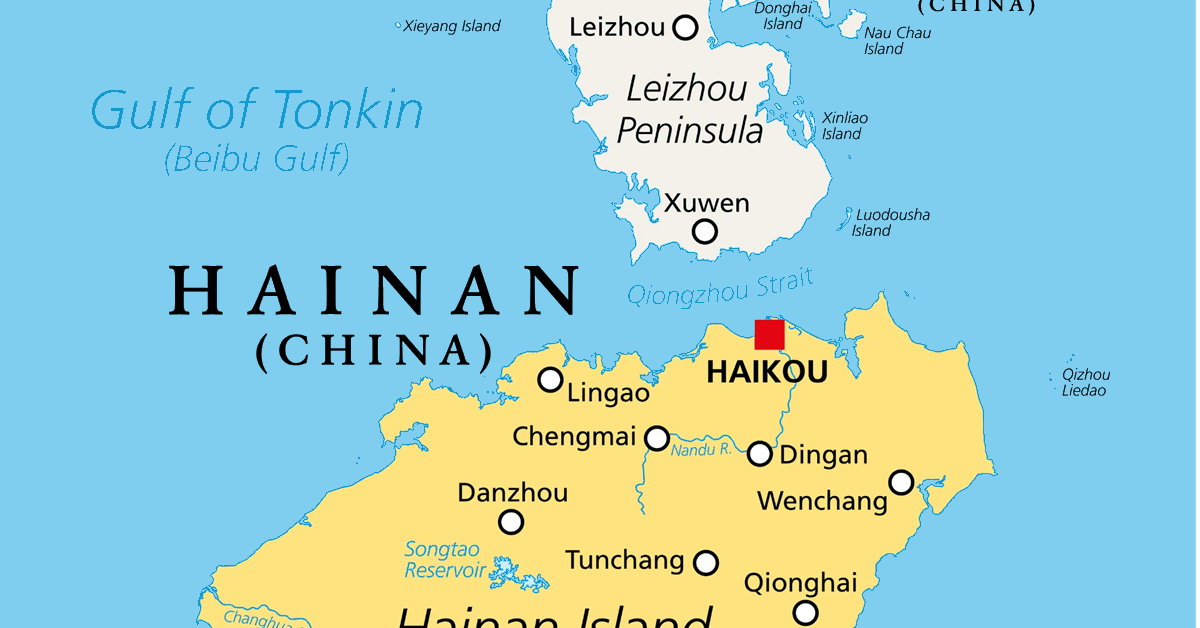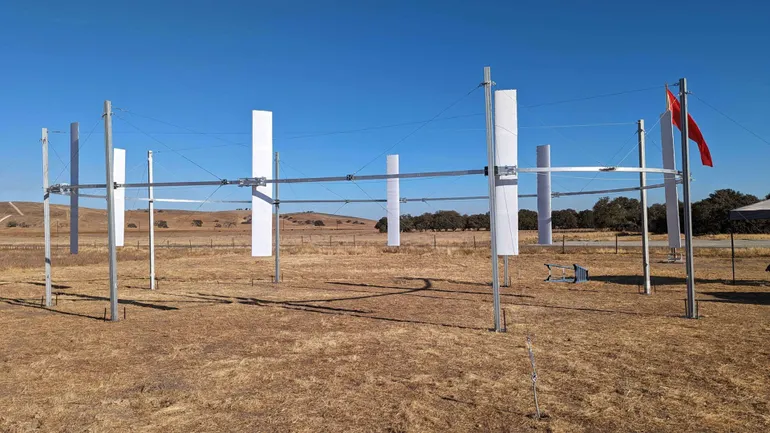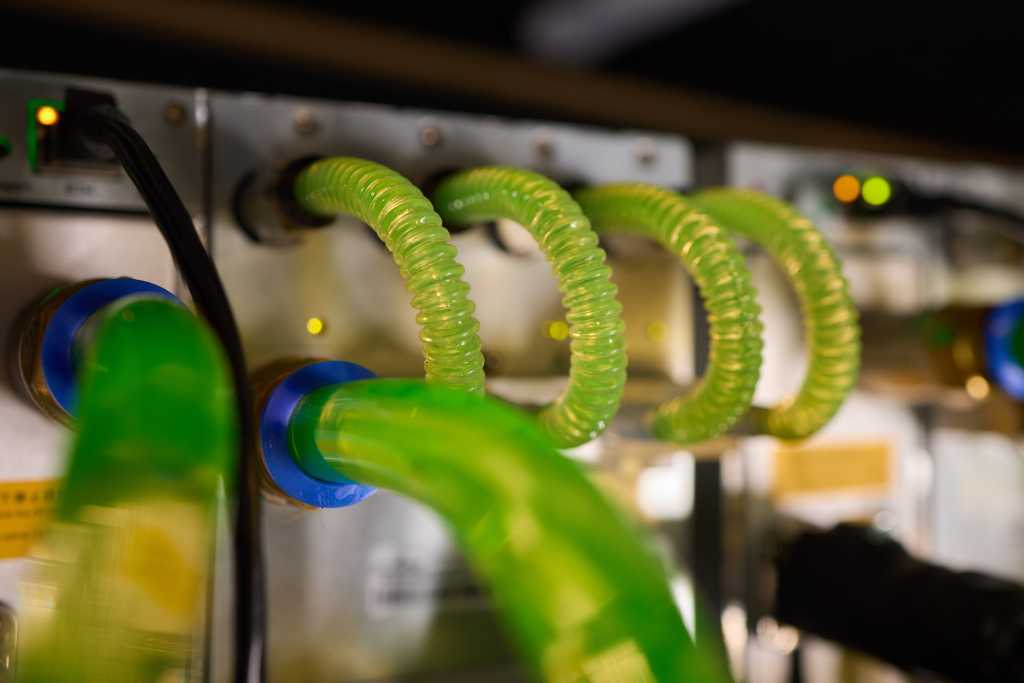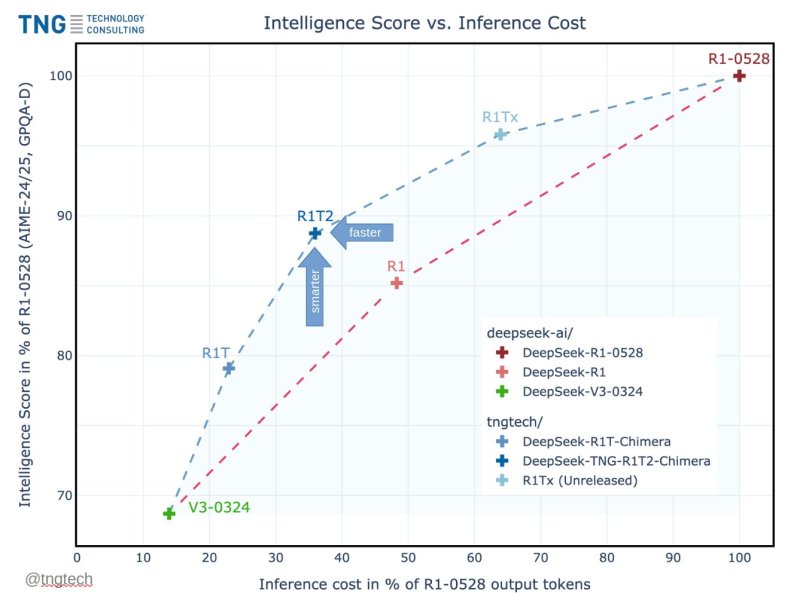
CNOOC Ltd. announced Thursday an oil and gas discovery in the Weizhou 10-5 field, marking a “breakthrough” in the exploration of Paleozoic buried hills in the Beibu Gulf of the South China Sea.
Drilled to a total depth of about 4,840 meters (15,879.27 feet) in an area with 37 meters of average water depth, exploration well WZ10-5-1Sa showed a pay zone of 283 meters. During testing the well produced around 13.2 million cubic feet of natural gas and approximately 800 barrels of crude oil per day.
“It marks a major breakthrough in natural gas exploration in the granite buried hills in the Beibu Gulf Basin”, the state-backed company said in an online statement, using the local name for the Gulf of Tonkin.
Xu Changgui, chief geologist of CNOOC Ltd., commented, “The Weixinan Sag in the Beibu Gulf Basin is one of the most explored sags offshore China”.
“In recent years, the Company has been researching on the reservoir formation theories of the complex buried hills and the relevant technologies needed”, Xu said. “The breakthrough in the exploration of Paleozoic granite buried hills reveals the vast exploration prospects of the buried hills in the Beibu Gulf Basin. It will also provide guidance for exploration in similar fields offshore China”.
Chief executive Zhou Xinhuai said, “In recent years, the Company has made large and medium-sized oil and gas discoveries in various types of buried hills offshore China, which have been further expanding the Company’s oil and gas resource base”.
“The discovery in the Beibu Gulf Basin will help to stabilize energy supply and continuously contribute to the economic and social development”, Zhou added.
Last month CNOOC Ltd., majority-owned by China National Offshore Oil Corp. (CNOOC), said production had started in the globe’s largest buried metamorphic hill oilfield.
Producing light crude, Bozhong 26-6 is expected to reach 22,300 barrels of oil equivalent a day in peak production this year. The field, which has an average water depth of about 20 meters, holds over 200 million cubic meters (7.06 billion cubic feet) of proven oil and gas in place, according to CNOOC Ltd.
“Benefiting from the application of standardized engineering, it took only three years from the discovery of the oilfield to production, realizing the rapid conversion of reserves to production”, it said in a press release February 7.
“As one of the demonstration CCUS [carbon capture, utilization and storage] projects of the Company in Bohai, it adopts advanced technology to capture and separate the associated carbon dioxide from crude oil extraction and reinject back into the formation to drive the oil, thereby increasing production while reducing emissions”.
CNOOC Ltd., the field’s sole developer, expects the CCUS component to bury about 1.5 million metric tons of carbon dioxide throughout Bozhong 26-6’s life cycle.
The company, which claims to be China’s top offshore producer of petroleum and natural gas, eyes 33 development wells at Bozhong 26-6. Twenty-two of these are for production, 10 for gas injection and one for water access.
The production facilities include a new central processing platform and an unmanned wellhead platform.
“The successful commencement of production of Bozhong 26-6 Oilfield Development Project (Phase I) marks a new stage for the Company in the development of offshore deep play complicated buried hill oil and gas reservoirs as well as the construction of the Bohai CCUS base”, said CNOOC Ltd. president Yan Hongtao.
“It bolsters the Company’s energy supply capacity and low-carbon development in the Beijing-Tianjin-Hebei and Bohai Rim regions”.
o contact the author, email [email protected]




















